Elysium
By Miss T
In Episode 180 of Lore Olympus, the trial reveals that the young goddess Persephone had plans to utilize her powers to create “something new” that would be “rewarding” for “exceptional” mortals in the afterlife. The imagery heavily implied vegetation would be a part of this plan. We know from Hades that almost nothing grows in the Underworld before Persephone created the giant tree on top of Tower 4 (Tartarus).
She houses these plans in a ledger - typically a record book associated with balancing finances - which could also symbolize how she and Hades, as a married couple, judge souls as they enter the afterlife.
This revelation had the myth and history nerds in the fandom rejoicing! Why? Because there is so much about the mythical Elysium/Elysion/Elysian Fields that could be explored now!
Narratively, it is interesting how Lore Olympus begins with the Underworld as a dreary place that Persephone’s presence and powers are slowly changing, from the happiness of its king to the blooming tree and small forest in Tartarus. This change in the afterlife has roots in historical belief and mythic sources! Let’s get into it...
In Myth
In the Odyssey (late 8th century BC), The Underworld (aka Hades) is a dark place where souls lived a “shadow-existence” with nothing particularly good or bad about the experience and no interchange with the living world.
However, per an article on burial customs by Louise Cilliers,
"Homeric epics contain certain contradictions about the nature of the Underworld(...) In the Archaic era (from the 8th to the 6th century BC) the concept of the afterlife underwent a significant change. (...) Within Hades the souls are no longer undifferentiated, insight-less beings; they now know what is happening in the land of the living. Heroes are now reverenced and there is punishment (...) [The Underworld is} gradually becoming a more pleasant place, with the distance between the dead and the living decreasing. (...) The concept of Elysium (Paradise) develops significantly in the 5th and particularly in the 4th century BC, and is associated with the formation of religious groups.”
Thus, the concept of Elysium - a better place in the afterlife and more contact with the living realm - is one that evolved over time. While the author of the piece referenced above does not mention Persephone by name, the most popular “religious groups” related to death were the mysteries/cults of Persephone and Demeter.
The etymology of “Elysium” could be derived from the Greek verb eleusô (eleuthô) meaning "to relieve" or "release" (from pain or troubles) or from the town of Eleusis, site of the celebrated Eleusinian Mysteries, the cult worship dedicated to Persephone and Demeter.
Additionally, while grave goods were not common in ancient Greece (aside from the later custom of leaving a coin for Charon), wreaths of flowers were common to utilize in death rites and decorate grave as well as celery (or parsley). This practice is associated with Persephone and Hades.
Lore Olympus Connection
In Lore Olympus, Persephone is the youngest goddess, a character best poised to modernize the Underworld much like the historical evolution of belief and practice.
Persephone also is the perpetrator of an Act of Wrath, more accidental (buildings and ground collapsing) than intentional. This causes her great remorse. As such, she is the character best poised to want to treat certain souls (innocent, heroic, etc) to a better experience than currently exists. Do the innocent lives she claimed deserve eternity in service as zombie-state factory workers? Lore Olympus Persephone thinks not, and has proposed to change things for the better.
If the plans in her ledger do correspond with the evolution of Elysium in myth and religious practice, what more will Lore Olympus integrate from ancient sources? Some of our ideas:
Marriage to Hades
Reconciliation of Demeter and Persephone where she spends several months of the year with her mother and the rest with Hades.
Demeter and Persephone leading cult practices to facilitate entry to the Underworld, with maidens in particular coming to Persephone to bless their marriages.
Persephone growing into the role of Praxidike, a queen who judges souls and exacts vengeance, revered and feared.
What else do you think Rachel Smythe may integrate from what we know of myth and history?
Sources:
Burial customs, the afterlife and the pollution of death in ancient Greece by Louise Cilliers
Ancient Greek Funerals Were Decked Out in Celery by Anne Ewbank
Lore Olympus is by Rachel Smythe





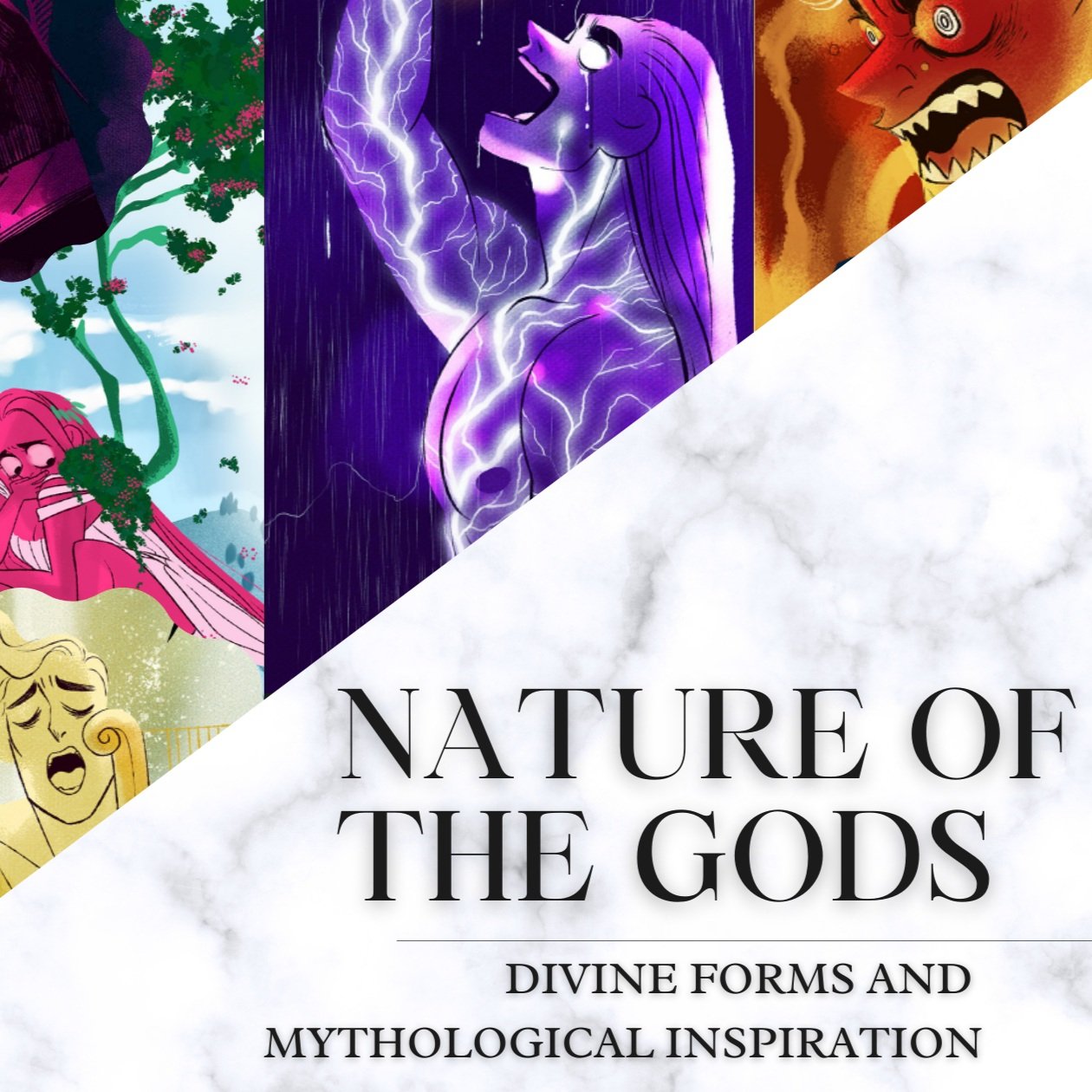
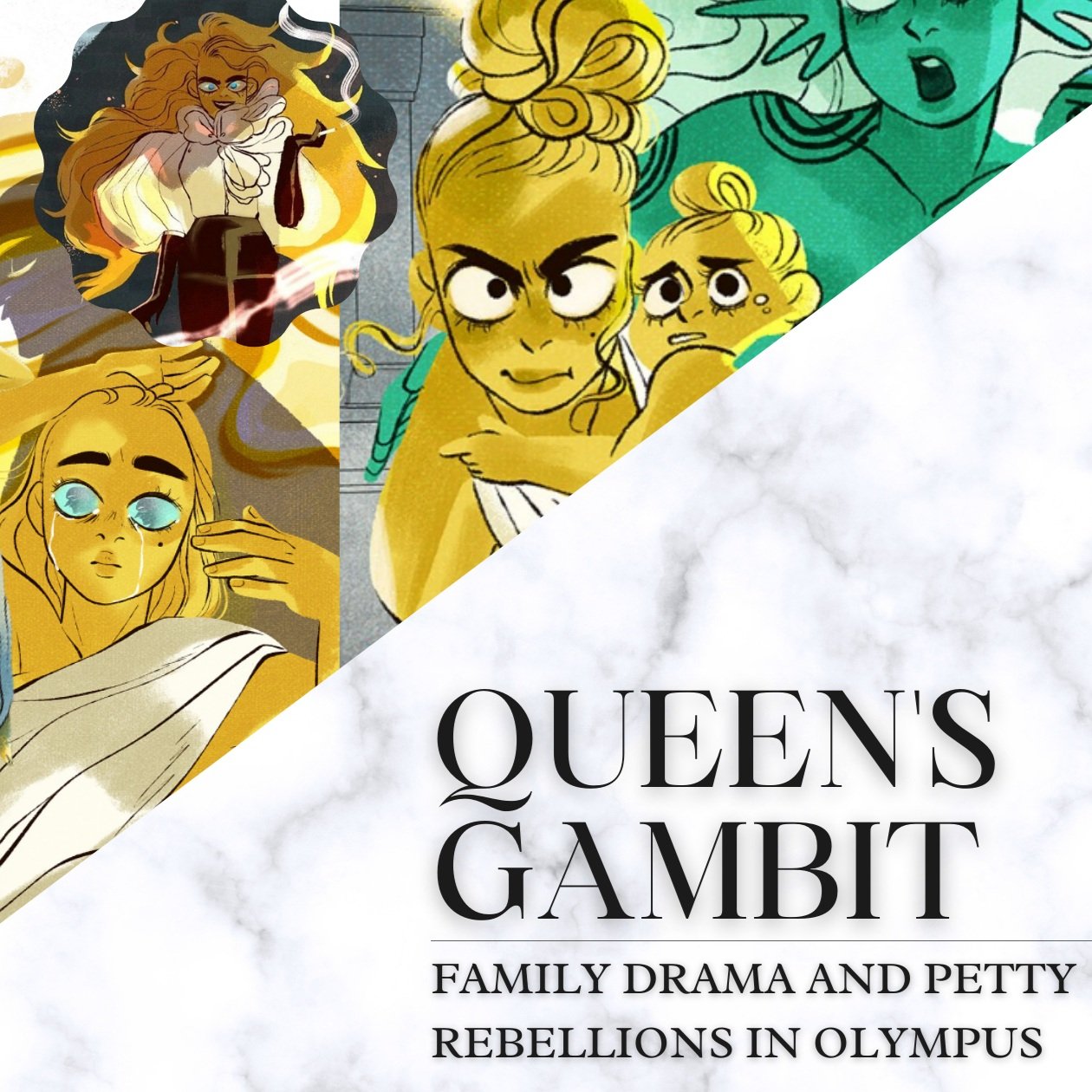
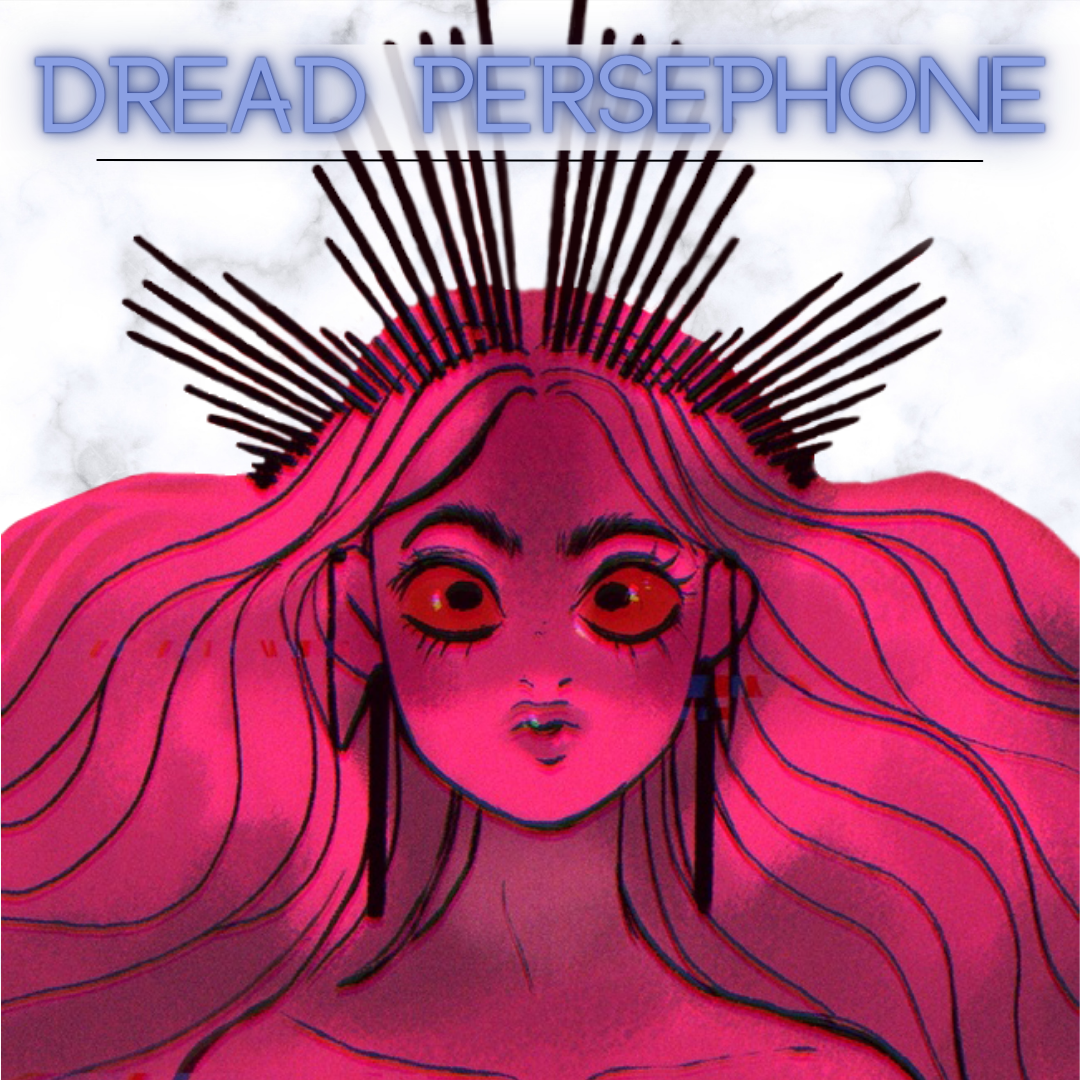



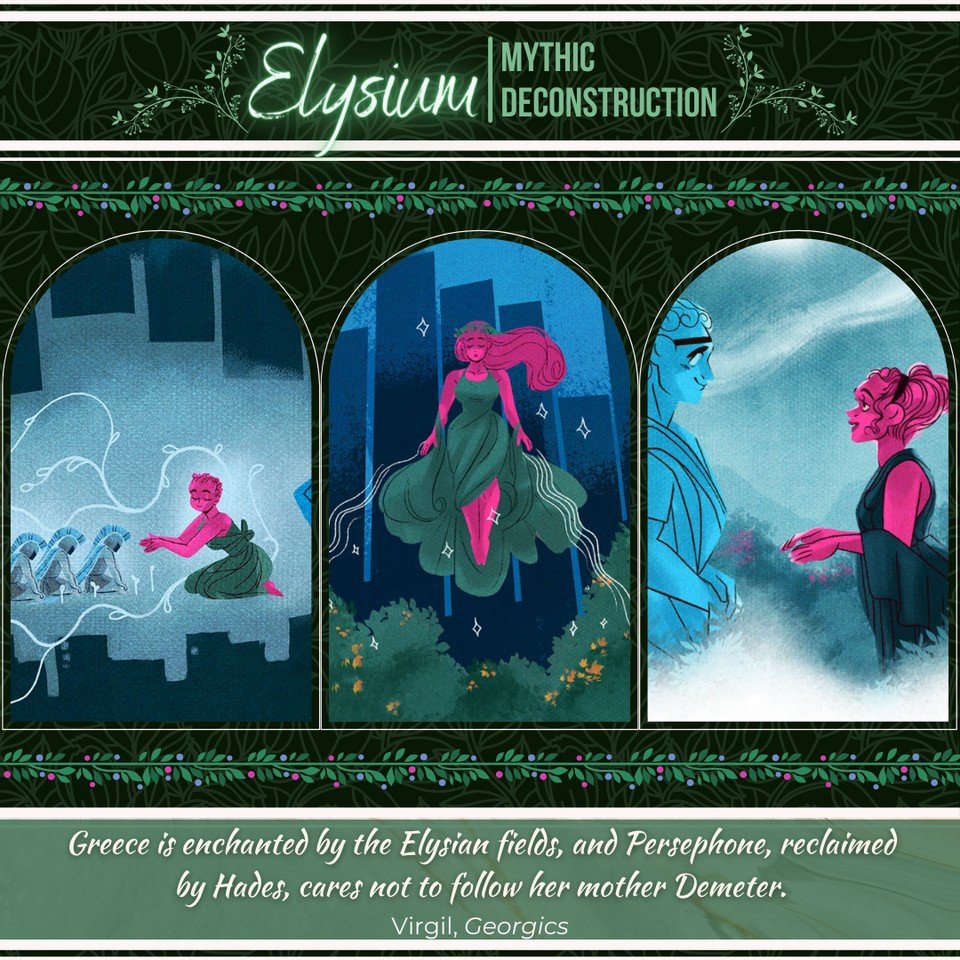
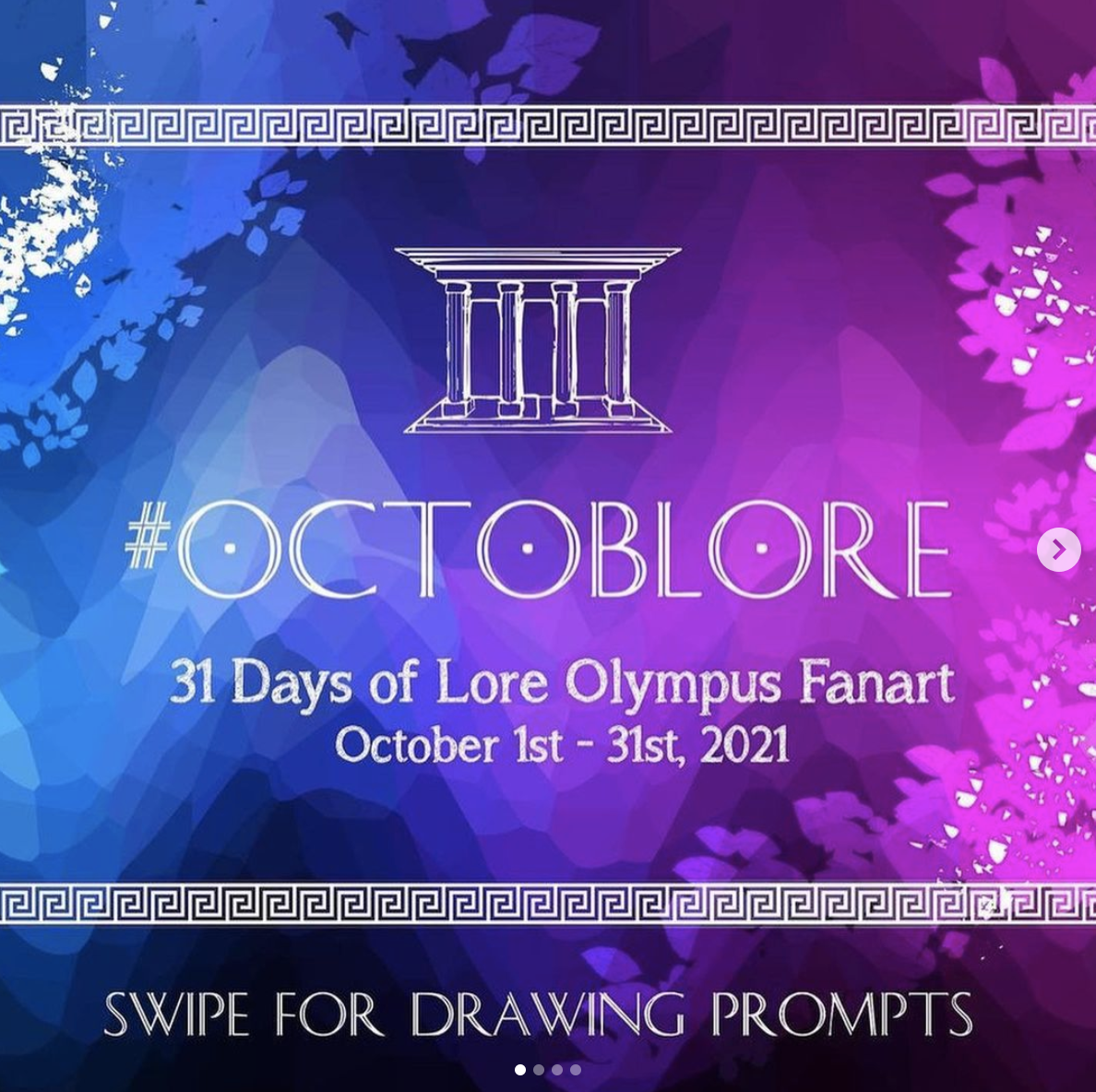
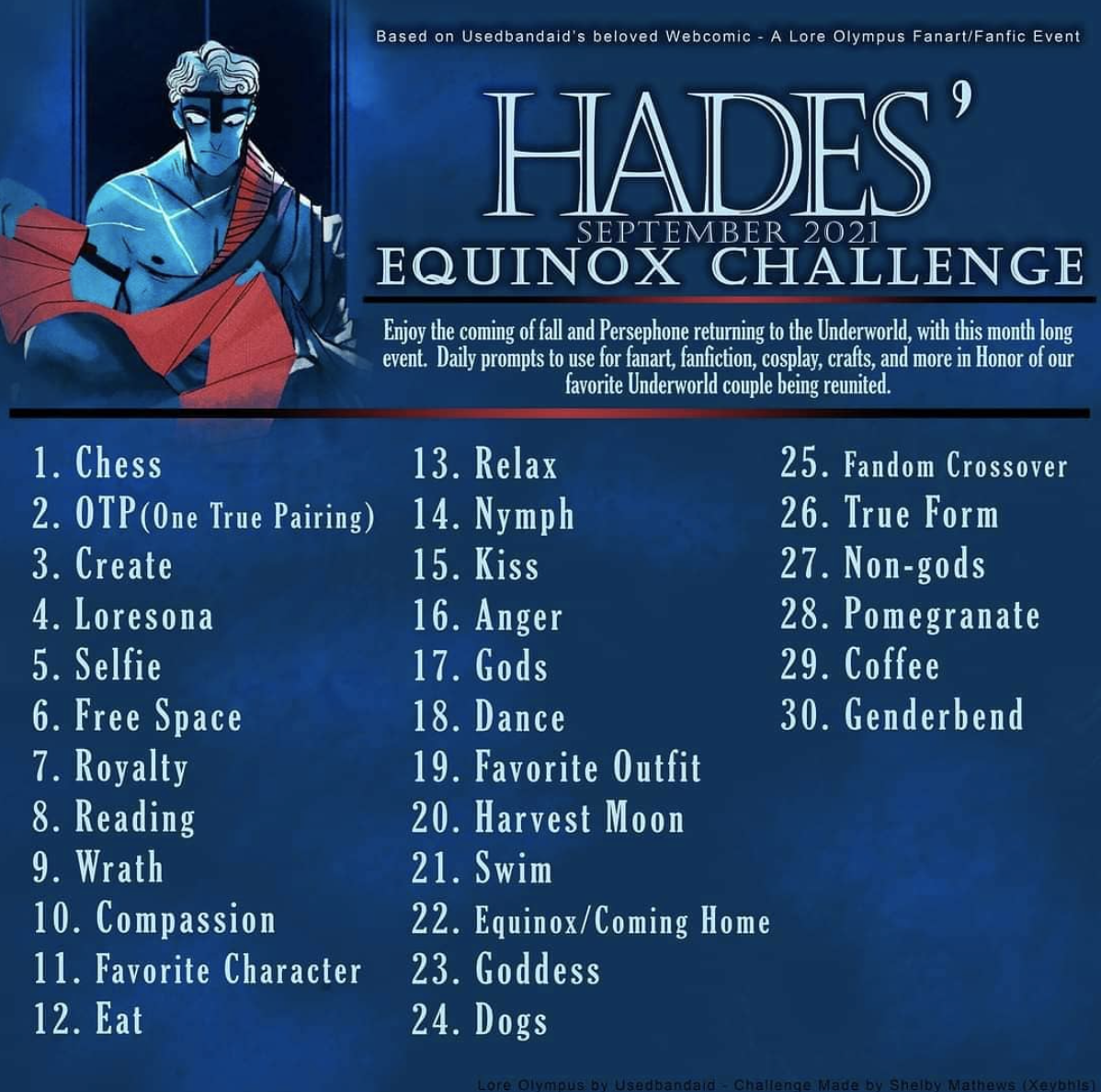


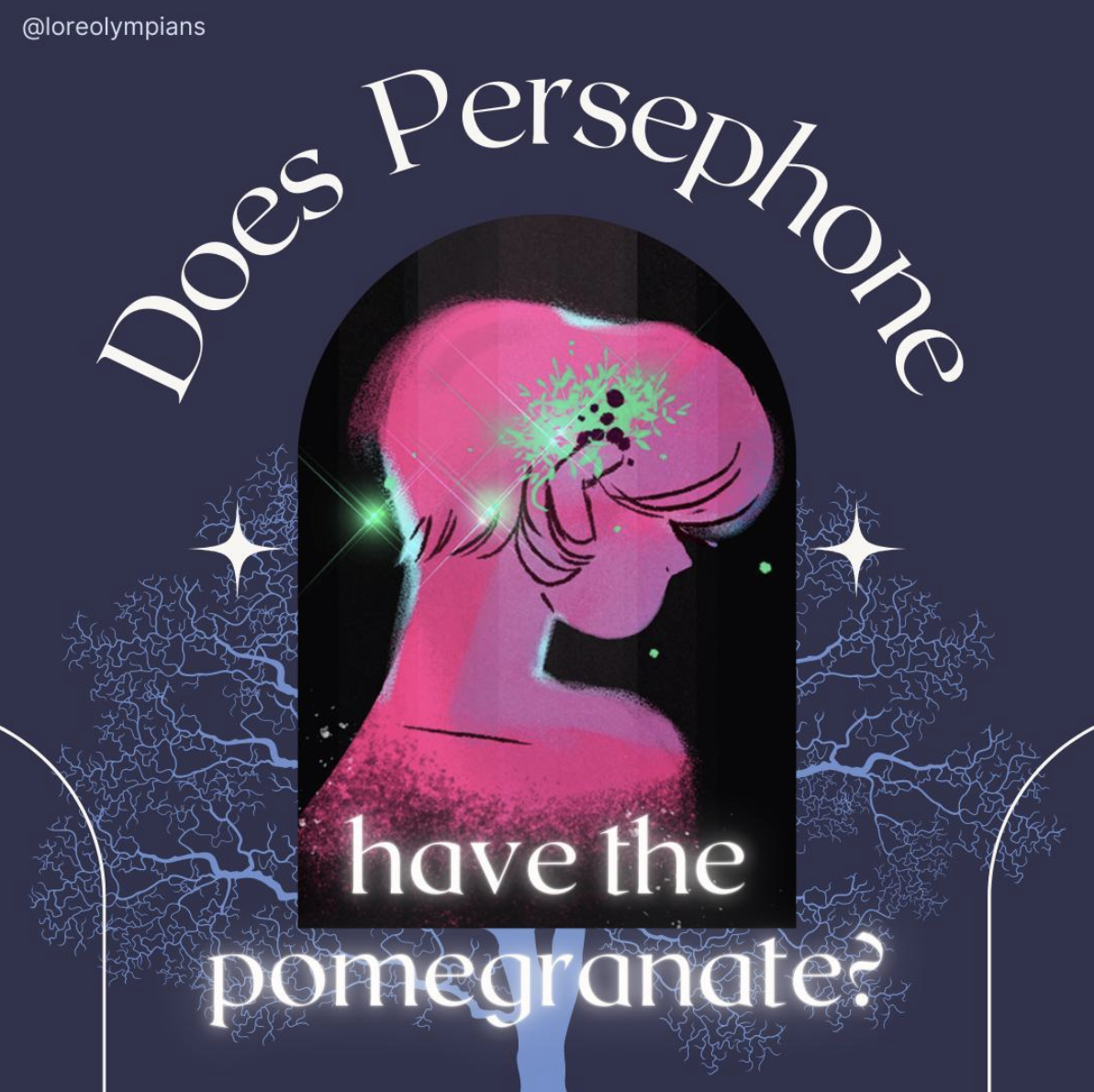


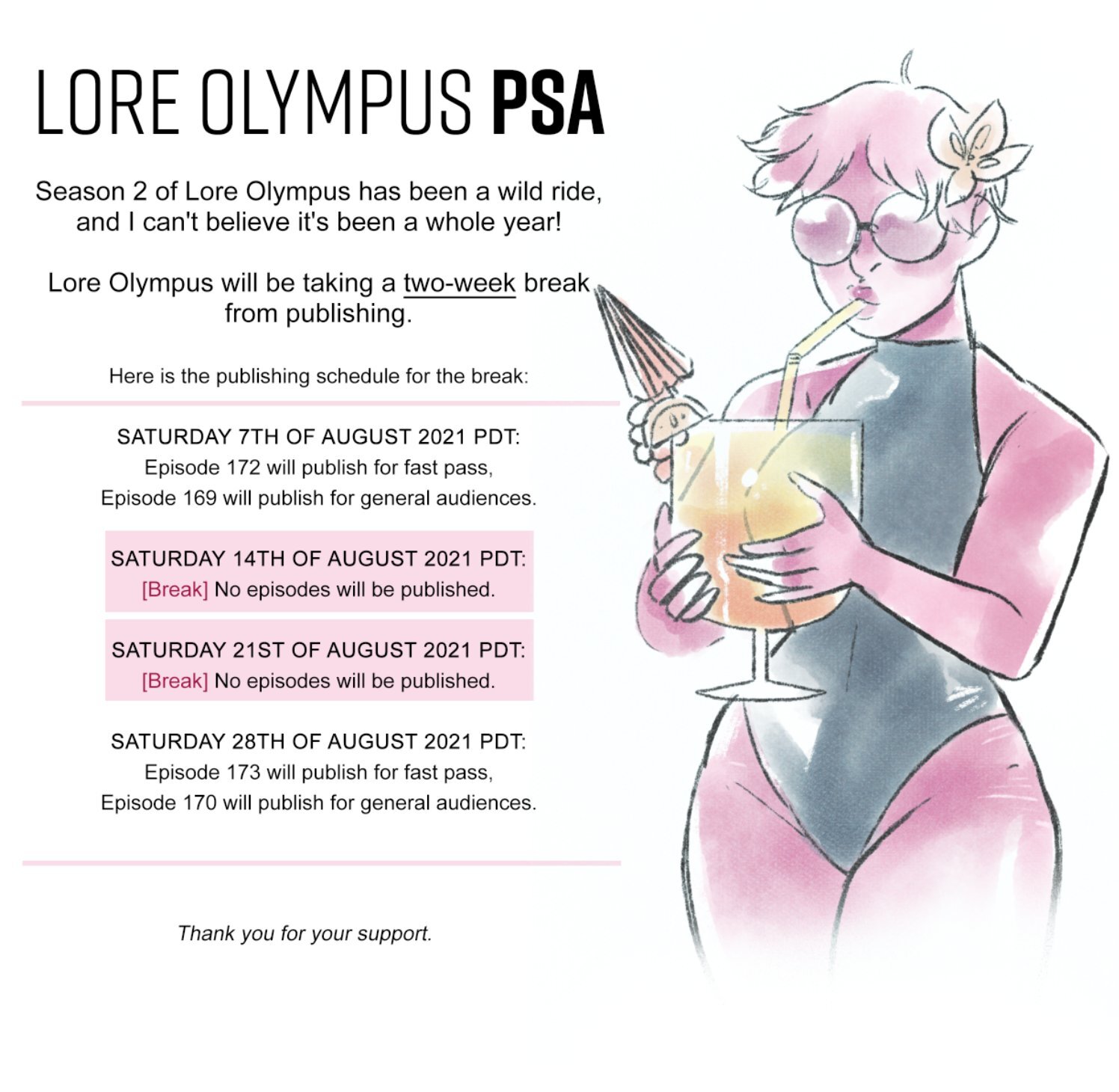


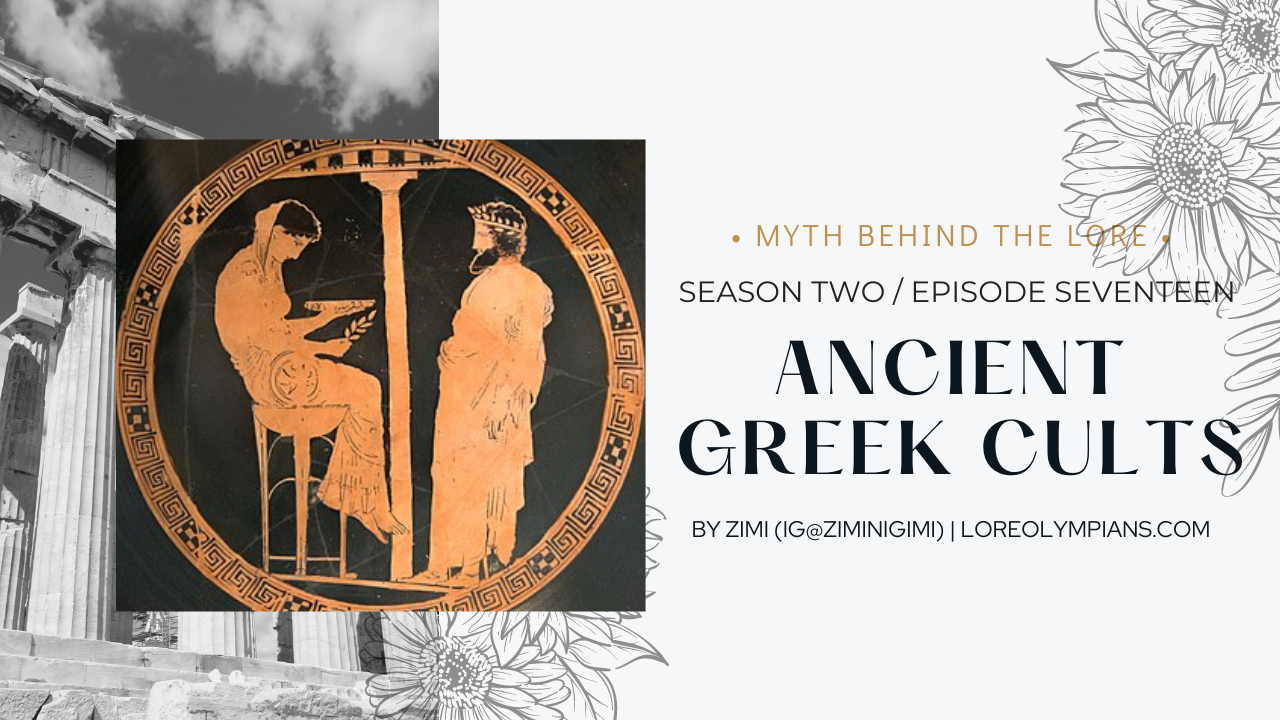

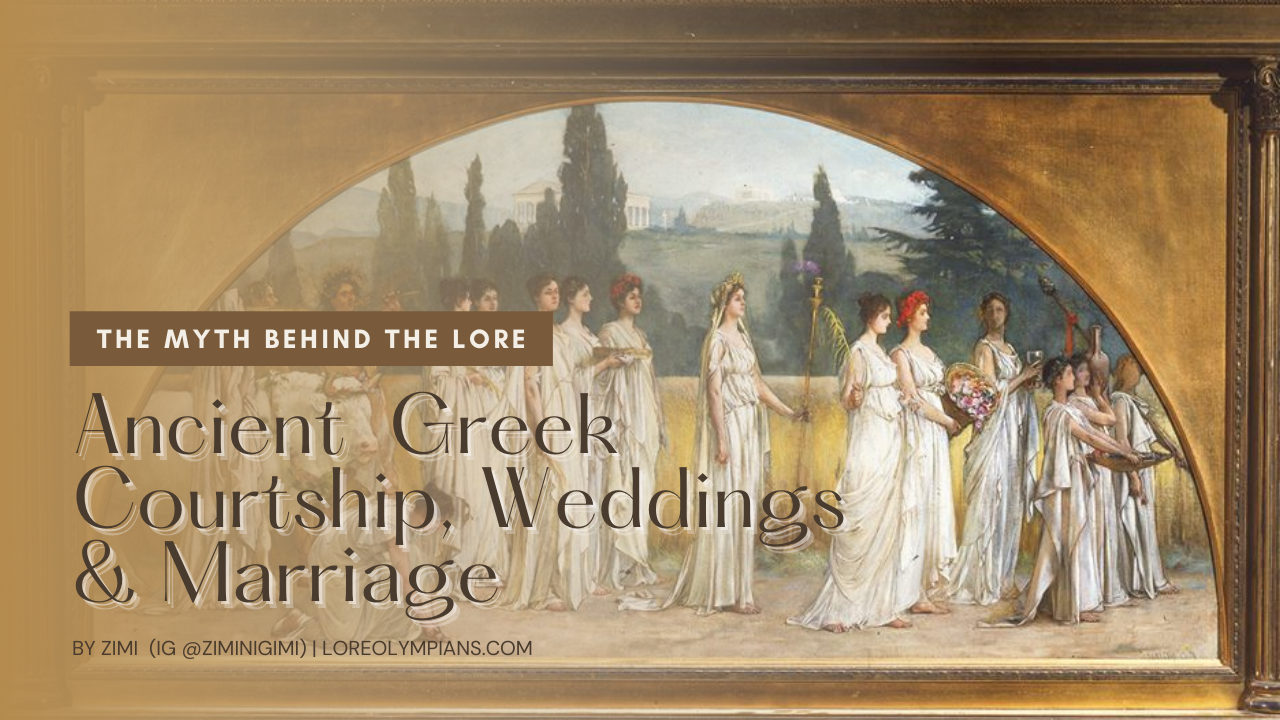
Our go-to retellings and recommended sources for all things Greek mythology - from books to websites to podcasts.